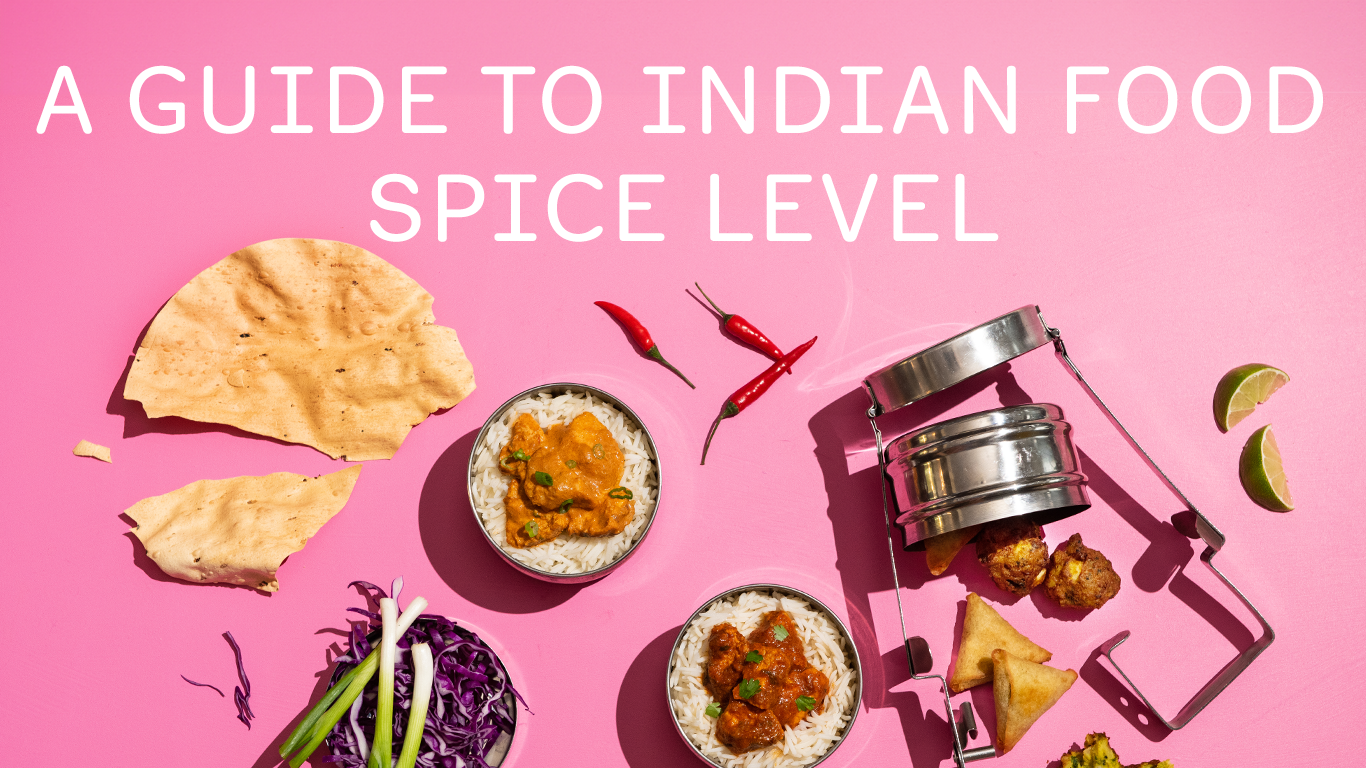
The one word which is almost synonymous with Indian Food is spicy. After all, what makes Indian food so flavorful, is the unique blend of spices that go into every single dish (yes, even our breakfast). A common misconception is that cuisine with many spices are super spicy. That is not always the case. Spices give flavor, but not always heat.
If you are someone that loves spice but can’t handle a whole lot of heat, or simply just someone that is looking to understand that perfect blend of the myriad of spices that go into Indian food, then read on! Today, we will discuss everything spice related, and hopefully, by the end of this, you’ll be able to find your perfect spice and heat level.
Cultural Importance of Spices in Indian Cuisine
Spices have played a central role in Indian cooking for centuries, enhancing flavors, adding depth, and representing the diverse regional identities within the country. They are prized for their taste, medicinal properties, and symbolic significance in Indian rituals. Beyond their remarkable flavors, Indian spices offer a treasure trove of health benefits. From turmeric's anti-inflammatory properties to the digestive aid of ginger and cumin, each spice possesses unique medicinal qualities. What’s not to love?
Commonly Used Spices in Indian Food
But coming back to taste, let’s understand the most commonly used spices in Indian cuisine. This can be a tad bit intimidating because if you have any Indian friends, you probably know about the standard spice box that contains at least ten different spices. But let’s simplify. Most Indian cuisine will contain red chilis, turmeric, cumin, cardamom, and coriander. Mix all these to make the perfect spice blend and have the ‘masala.’
How to Make Indian Food More Spicy
If you’re feeling courageous and wish to experiment with your spice tolerance levels, here are some ways to make your Chef Bombay Indian meals spicier. The most low-effort (and one of our favorites) way is to just finely chop up some green or red chilis and sprinkle it in your curry. However, if you’re feeling more creative, you can blend in some more powdered spices, such as red chili powder. Now for your dry snacks, we recommend pairing them with a spicy homemade chutney, for example Spicy Mango Chutney, to elevate the flavors or just sprinkling some chaat masala on top, and you’re good to go.
How to Make Indian Food Less Spicy
If you prefer a milder flavor but still love Indian food, don’t worry! We don’t judge. Here are some easy ways to tone down the spice in your spicy Chef Bombay frozen Indian food. Our first and best trick is to add in some dairy, whichever kind of milk you prefer, yogurt, butter, cream, coconut milk, or whatever you can find. Mix it in, and it should tone down the spice while maintaining its consistency. You can also try mixing in some lemon juice to add more zest but reduce the spice.
If you have bought yourself a box of Chef Bombay’s famous frozen Biryanis but can’t handle the spice, try mixing the rice with Indian yogurt (Raita). It’s a classic combination and as authentic as possible while reducing the spice.
Our last tip for reducing snack spiciness is to pair them with sweet chutney, such as Tamarind sauce, also known as imli chutney, or even just ketchup works too! A few Chef Bombay dishes include our signature tamarind sauce, including Vegetable Samosas with Tamarind Sauce. So, dip away.
With Chef Bombay as your guide, embark on a flavorful adventure of discovering your love for spices. So, buckle up and prepare for a spice adventure with the magnificent flavors of Chef Bombay’s authentic frozen Indian food.

